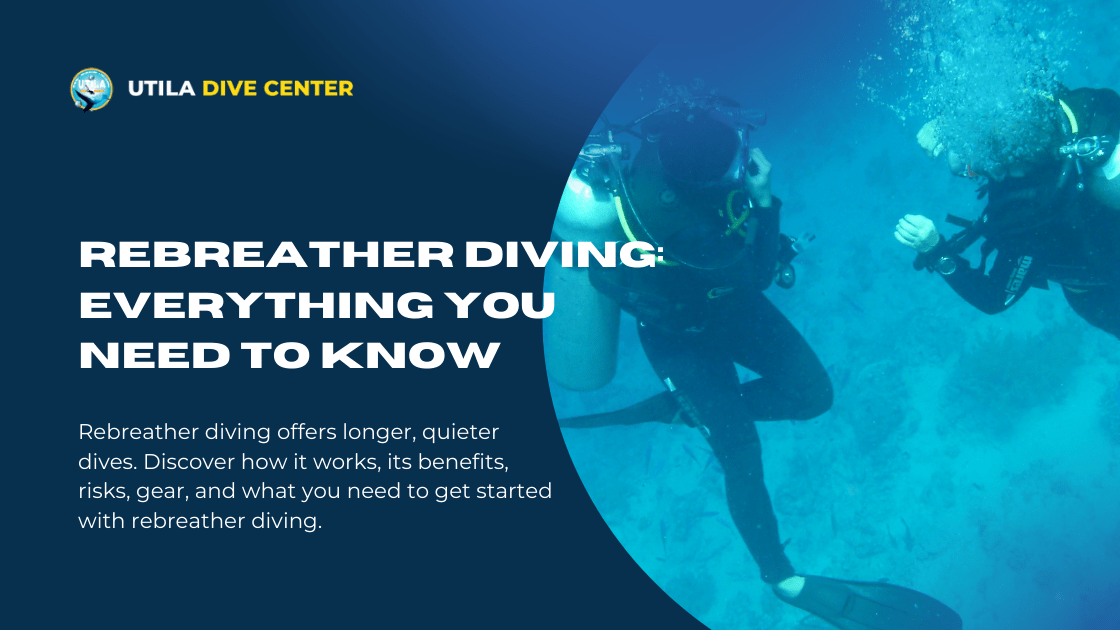
Rebreather Diving: Everything You Need to Know
Rebreather Diving: Everything You Need to Know
By: Manny Lagos | Date: 2025-09-29T10:52:00.117Z
Usually, when divers think about extending their bottom time, they imagine bigger tanks or better air consumption. But what if we told you there’s a completely different way to dive? One that doesn’t just give you more time underwater, but transforms your entire diving experience?
Say hi to rebreather diving. The approach where you can swim alongside beautiful fish without scaring them away, or explore a wreck for hours without constantly checking your air gauge.
Moreover, when divers (no matter how experienced) discover this incredible technique, the first reaction is always the same: "Why didn't I try this sooner?"
So, if you’re wondering what is rebreather diving and if it's right for you, you're in for a treat!
Here’s everything you need to know about this awesome diving technique.
1. What Is Rebreather Diving?
You know how with regular scuba gear, every breath you exhale creates those bubbles? Well, a dive rebreather basically says, "Hold up, let's not waste that perfectly good air." Instead of releasing your exhaled breath, it captures it, cleans it up, adds some fresh oxygen, and gives it back to you.
It's like having a personal air recycling system on your back. The special bit, though, happens in what we call the scrubber. This unique material absorbs all the carbon dioxide you've breathed out while retaining the good stuff. Meanwhile, oxygen sensors are constantly checking your gas mix, making sure you're getting exactly what you need at your current depth.
Dive rebreathers aren't some new invention. They've been around since the early 1900s, originally used by military divers and for commercial operations. But today's dive rebreathers are more reliable, easier to use, and way more accessible than the old ones.
2. Advantages of Rebreather Diving
Now, let's talk about why divers are switching to dive rebreathers faster than you can say "no bubbles."
- Longer Dives:
While your typical tank gives you maybe an hour underwater, dive rebreathers can keep you down there for 3, 4, or even 6 hours.
- Stealth mode activated:
No bubbles means marine life treats you like part of the scenery. We've literally watched divers get so close to octopuses that they could practically shake tentacles, and for underwater photographers, this is pure gold!
- Your gas goes further:
Since you're only using the oxygen your body actually needs, your gas supply lasts for much longer.
- Comfort zone:
The gas you breathe is warmed and humidified by your own body, so say goodbye to that dry mouth or frozen throat on chilly dives!
- Smart gas management:
Advanced rebreathers automatically adjust your oxygen levels based on depth.
3. Drawbacks & Risks of Rebreather Diving
Moving on, here’s a reality check – This approach surely has several advantages, but it isn’t all sunshine and endless bottom time.
Below are some drawbacks & risks of rebreather diving:
- There's a learning curve:
Remember learning to drive? Multiply that by about ten. Dive rebreathers have more switches, gauges, and procedures than a small airplane. Every dive starts with a 30-45 minute equipment check that would make a NASA engineer proud.
- Your wallet will feel it:
A decent SCUBA diving rebreather costs about as much as a used car. We're talking $8,000 to $15,000+ for the unit alone, then add training, maintenance, and replacement parts. It's definitely not an impulse purchase.
- High maintenance:
These systems need constant attention. O-rings, sensors, scrubber material – everything needs a regular check.
- Higher risk:
Unlike regular SCUBA diving, where problems usually develop slowly, rebreather failures can happen fast and be seriously dangerous. CO2 buildup, oxygen toxicity, equipment malfunctions, all can be life-threatening if you don't know exactly what you're doing.
4. How does a diving rebreather work
Time to answer the million-dollar question “How does a diving rebreather work?”.
Here’s how: When you exhale, your breath travels through one hose into the scrubber canister. Inside there, soda lime absorbs all the CO2 from your exhaled breath. The cleaned air then gets a shot of fresh oxygen before traveling back to you through the other hose.
The real brains of the operation are three oxygen sensors that constantly monitor your breathing gas. They talk to the rebreather's computer, which automatically adds oxygen to keep your levels perfect for whatever depth you're at. The whole system works in a closed loop: your breathing bag expands and contracts as you breathe, but nothing escapes to create bubbles.
Pretty fascinating, right?
Training & Certification
Now, you absolutely CANNOT just buy a SCUBA diving rebreather and figure it out as you go. Most agencies want you to have advanced scuba diving certifications before even starting rebreather training. At Utila Dive Centre, we typically require Advanced Open Water plus significant diving experience (we're talking at least 50-100 logged dives).
The actual training process usually takes 4-6 intensive days covering everything from gas physics to emergency bailout procedures.
Remember: It's not a weekend hobby course, it requires some serious technical training.
Maintenance & Pre‑dive Checks
Every single rebreather dive starts with what we call the "pre-flight check." We're talking sensor calibration, scrubber packing, O-ring inspection, battery checks, and breathing loop tests. The entire process takes 30-45 minutes minimum, and you can't skip steps. Ever.
Post-dive maintenance is equally important. Everything should be cleaned, dried, and properly stored. Sensors need replacing every 12-18 months, annual factory servicing keeps everything running properly, and detailed logbooks track every component's service history.
5. Diving Scenarios for Rebreathers
Now that you have the answer to questions like “what is rebreather diving?”, “how does a diving rebreather work?”, and “how long can you dive with a rebreather?”, you might be curious about where do dive rebreathers actually shine?
Rebreathers are perfect for:
- Technical diving
- Deep wreck explorations
- Cave diving
- Mixed-gas diving
(Basically, wherever you need maximum gas efficiency and long bottom times).
Underwater photographers and videographers love SCUBA diving rebreathers too. Without bubbles scaring subjects away, they get shots that are otherwise impossible. Marine biologists and researchers also use them to study fish behavior, conduct experiments, and monitor reef health.
6. Choosing Your First Rebreather
Picking your first dive rebreather is like choosing your first motorcycle – exciting, intimidating, and potentially expensive (if you get it wrong).
Here's how to choose your first dive rebreather:
- Decide on your goal
Are you after technical diving, underwater photography, or just longer recreational dives? Different rebreathers work well in different areas, so set clear goals first. - Do your homework
Look for established manufacturers with solid reputations and good support networks. After all, who wants to be stuck with a fancy paperweight because parts aren't available? - Talk to real users
Connect with current rebreather divers and instructors. Ask about the good, the bad, and the ugly. Real-world experiences beat marketing brochures any day. - Add in the real costs
That price tag is just the beginning. Factor in training, annual servicing, replacement parts, and consumables. The true cost adds up fast.
Conclusion
Rebreather diving isn't just a different way to breathe underwater, it's a whole new way to experience the ocean. The silence, the extended time, the amazing marine life encounters, it all adds up to something truly unforgettable. Whether you SCUBA dive in Utila’s clear waters or explore reefs anywhere around the world, rebreather diving offers amazing underwater experiences.
But let's be real: dive rebreathers aren't for everyone. They require serious commitment to training, maintenance, and ongoing education. The costs are significant, too. But for divers willing to make that investment, the rewards are absolutely unreal!
Bottom line: The underwater world isn't going anywhere, but with a rebreather, you can stay down there long enough to really get to know it.
Learn more about diving at UDC today!
FAQ's
What makes a rebreather different from a regular scuba kit?
The main difference is what happens to your exhaled breath. Regular scuba gear releases it as bubbles after you've used maybe 20% of the available oxygen. A dive rebreather captures that breath, removes the CO2, adds oxygen, and gives it back to you.
How long can you dive with a rebreather?
This depends on several factors, but 3-6 hours is pretty normal for recreational diving. We've even seen 8-hour technical dives, though that's advanced territory.
Do I need special training to use a rebreather?
Absolutely, no exceptions. Rebreather training usually requires advanced open water certification plus significant diving experience as prerequisites. The courses cover equipment operation, gas theory, emergency procedures, and a lot of hands-on practice.
Are rebreathers suitable for recreational divers?
Yes, but they're not for everyone. Modern recreational dive rebreathers are great for sport divers, but they demand serious commitment. Think of it like owning a motorcycle – perfect for getting around, but only if you're willing to learn how to ride properly and keep up with regular maintenance.
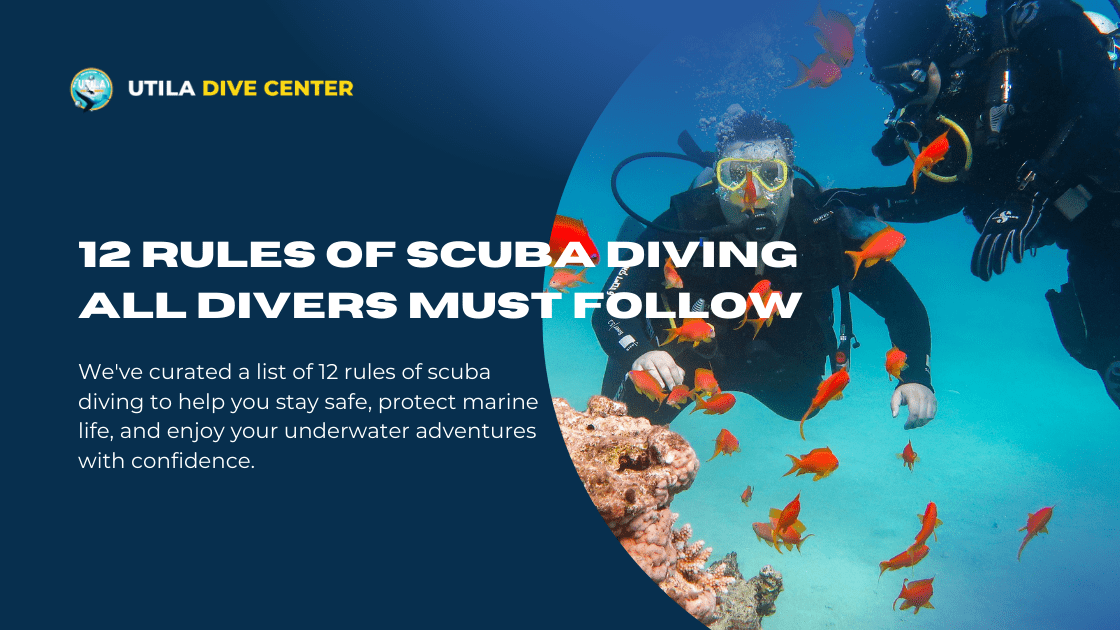
12 Rules of Scuba Diving All Divers Must Follow
We've curated a list of 12 rules of scuba diving to help you stay safe, protect marine life, and enjoy your underwater adventures with confidence.
Read more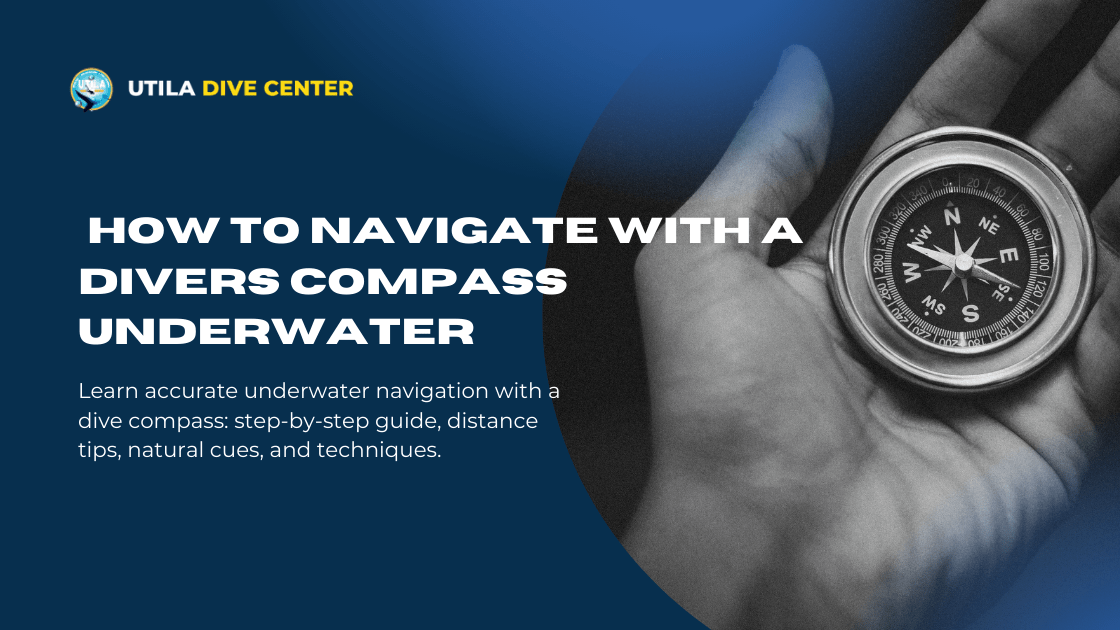
How to Navigate With a Divers Compass Underwater
Learn accurate underwater navigation with a dive compass: step-by-step guide, distance tips, natural cues, and techniques.
Read more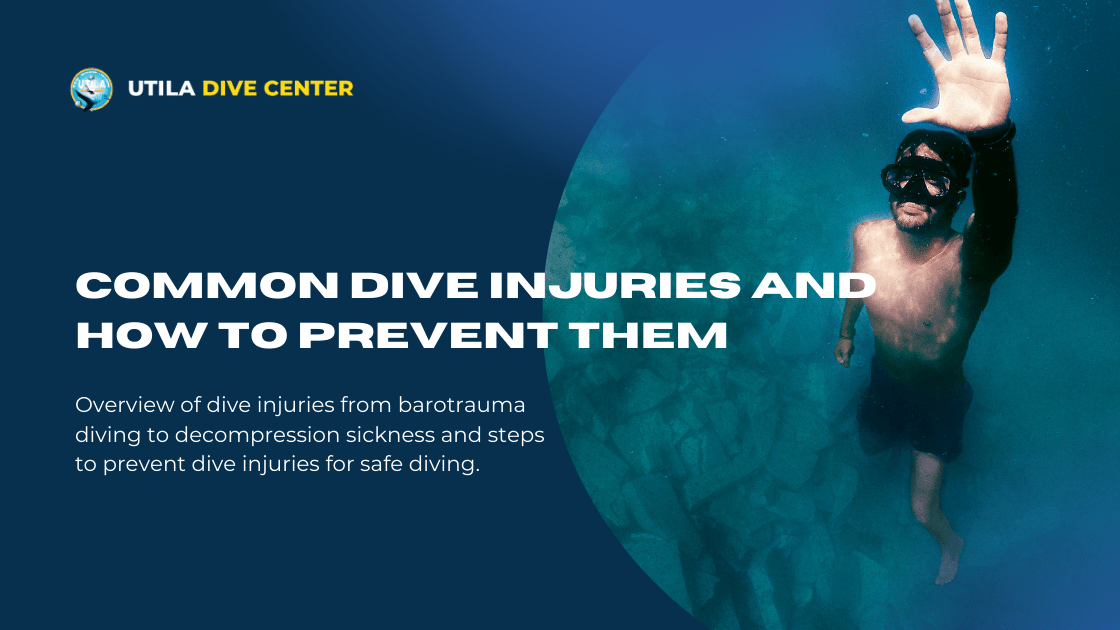
Common Dive Injuries and How to Prevent Them
Overview of dive injuries from barotrauma diving to decompression sickness and steps to prevent dive injuries for safe diving.
Read more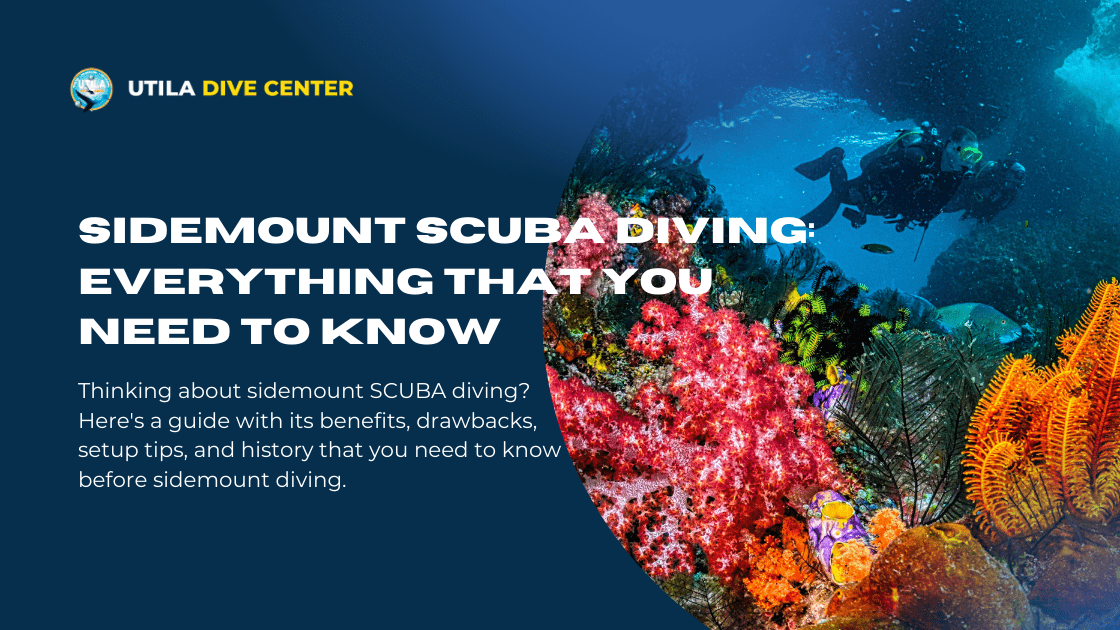
Sidemount SCUBA Diving: Everything That You Need To Know
Thinking about sidemount SCUBA diving? Here's a guide with its benefits, drawbacks, setup tips, and history that you need to know before sidemount diving.
Read more